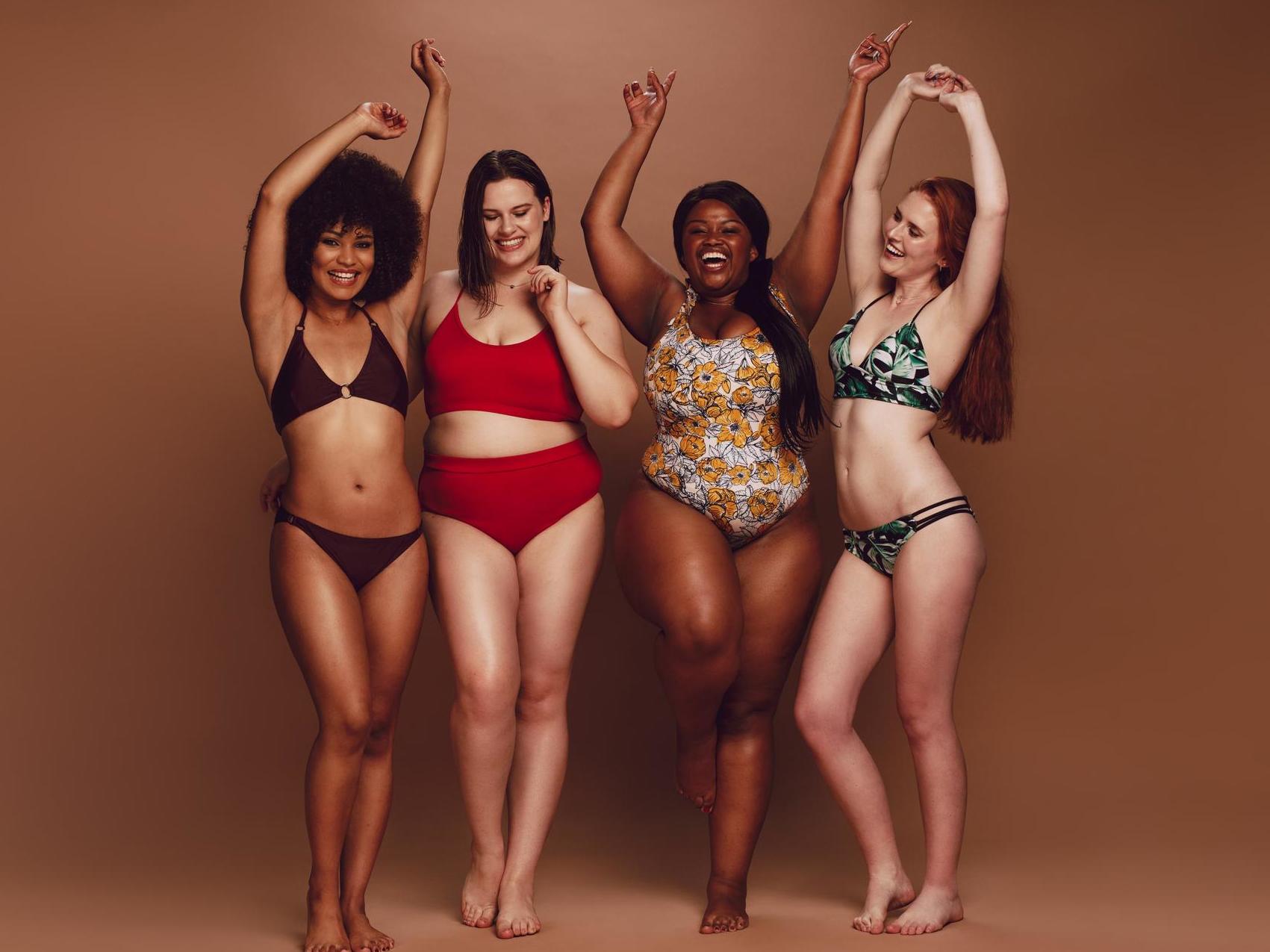The Independent's journalism is supported by our readers. When you purchase through links on our site, we may earn commission.
20 pledges for 2020: Is it possible to find sustainable swimwear that is flattering and fashionable?
There's only a handful of brands making swimwear from environmentally friendly materials

Your support helps us to tell the story
From reproductive rights to climate change to Big Tech, The Independent is on the ground when the story is developing. Whether it's investigating the financials of Elon Musk's pro-Trump PAC or producing our latest documentary, 'The A Word', which shines a light on the American women fighting for reproductive rights, we know how important it is to parse out the facts from the messaging.
At such a critical moment in US history, we need reporters on the ground. Your donation allows us to keep sending journalists to speak to both sides of the story.
The Independent is trusted by Americans across the entire political spectrum. And unlike many other quality news outlets, we choose not to lock Americans out of our reporting and analysis with paywalls. We believe quality journalism should be available to everyone, paid for by those who can afford it.
Your support makes all the difference.In one week, I will be on a beach and I might well have to go nude.
I am no nudist, and like most women I know, I feel deeply self-conscious wearing swimwear in public let alone wearing no clothes at all, so this is not ideal. Let me explain.
Every year, I buy a handful of new bikinis or swimming costumes to get me through the summer season. The problem is that in the past I have always sourced these from high street brands, like Topshop, & Other Stories and Urban Outfitters. Not just because they are cheap, but because I’ve always found they fit nicely, are well-designed, and last just the right amount of time for me to dispose of them come September.
Now that I have reformed my unsustainable shopping methods, this tactic will no longer cut the sartorial mustard. So I have been on the hunt for sustainable swimwear brands. And it turns out, there really aren’t very many.
I started by browsing through Net-a-Porter, where you can filter out non-sustainable clothing by simply searching its Net Sustain offering, which is a curated edit of everything on the website that has been consciously produced.
On there, I was surprised to see brands like Ganni, Faithfull the Brand and Lisa Marie Fernandez, all of which have been popular among the high-flying, jet-setting fashion set for years.
I count myself one of Ganni’s biggest fans and I had no idea their swimwear was sustainably produced. In fact, the Danish brand has been introducing more eco-friendly materials into its collections for some time and much of its swimwear is made from recycled fabrics derived from plastic waste once intended for landfill.
That said, like the rest of its collection, Ganni’s swimwear is not cheap. And the divine leopard-print halterneck swimsuit I have seldom stopped thinking about costs £140.
In the pursuit of more pocket-friendly alternatives, I have come across a small number of brands creating swimwear from eco-friendly materials. They don’t cost an arm and a leg, but they are still noticeably more expensive compared to what you’d find at fast fashion retailers.
Take Speedo, which has recently partnered with House of Holland to produce a range of bikinis and swimsuits from recycled yarn taken from old fishing nets. Prices are modest and start at £32 while the designs – polka dots and animal prints – are just as zany and sprightly as anywhere else.
A hot fabric among sustainable swimwear brands is ECONYL® regenerated nylon. This is the material of choice for labels like Gyko, Kaio Swim, Tropic of C (the brainchild of Victoria’s Secret model Candace Swanepoel) and Ayla, which produces a small range of mix and match bikinis that have proved a huge hit on Instagram.
Ayla's pieces also look and feel just like any other high-quality swimwear; you'd never know they weren't made from polyester or nylon, which is what most conventional swimwear is made from.
But Ayla doesn’t stop at sustainable swimwear. It also offers sarongs made from Cupro, a sustainable fabric made from a by-product of the cotton process that would usually be thrown away.
Meanwhile, it’s high-waisted beach-ready trousers and shorts are made from Tencel™, which is made by turning ethically sourced wood pulp into fibre in a process that uses far less energy and water than cotton. The fabric itself is biodegradable and can be recycled.
So yes, sustainable swimwear (and general beachwear) does in fact exist, meaning I will not be forced to go nude on the beach next week. Phew.
But the choices for eco-friendly swimwear remain abysmally small compared to what is available on the high street – some of the aforementioned brands offer just three variations of bikinis. Let’s hope it’s just a matter of time till other brands cotton on.
Join our commenting forum
Join thought-provoking conversations, follow other Independent readers and see their replies
Comments